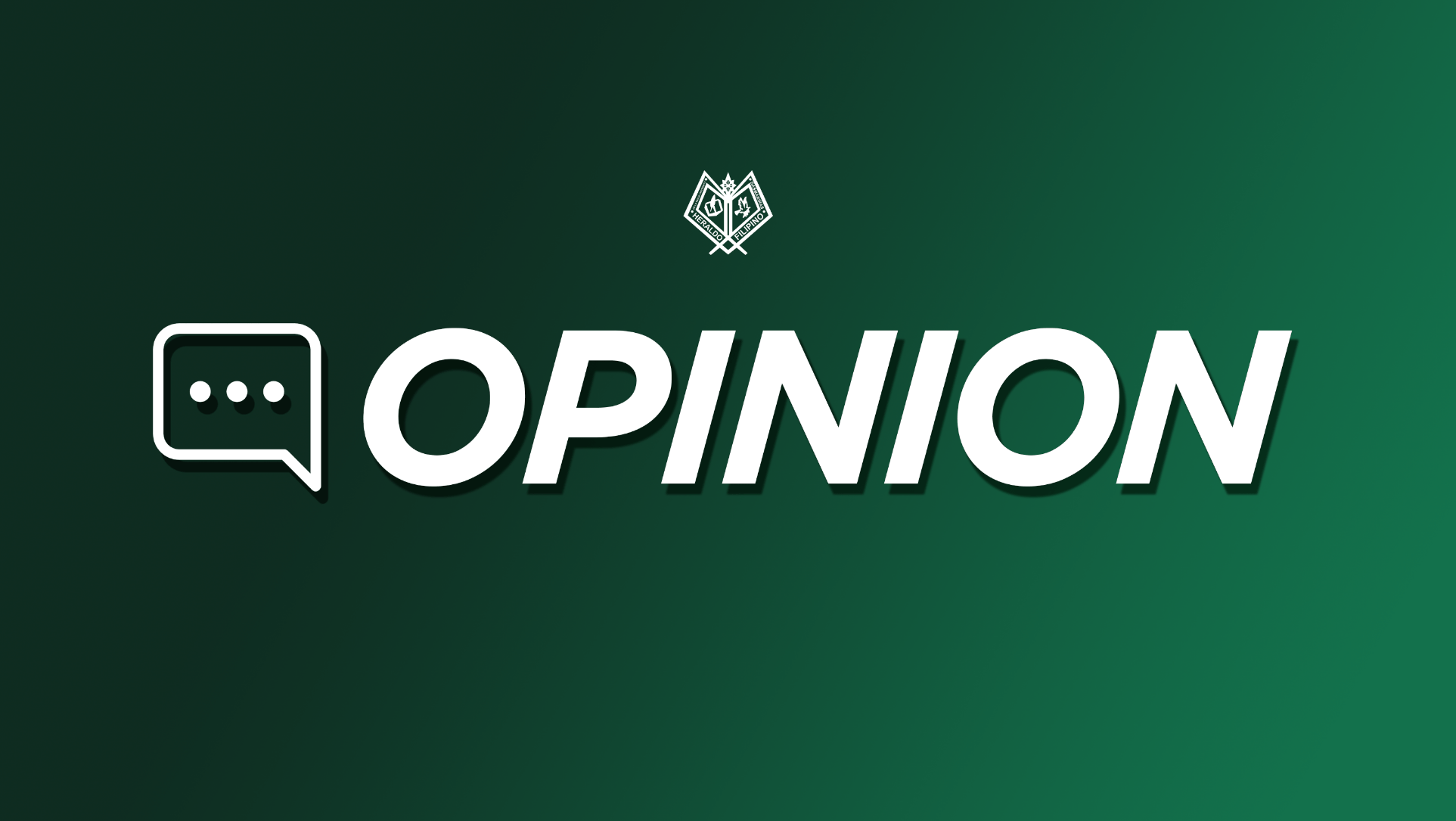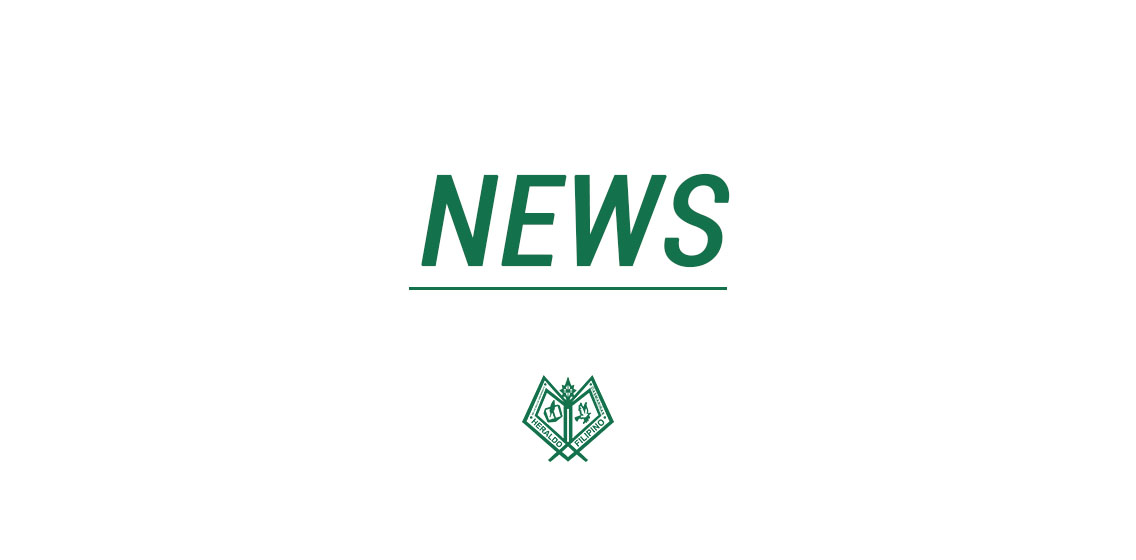Above two-inch dignity
Gracing through a wide variety of bright apparel each morning and choosing which pair of clothing best represents me today has got to be the most stimulating yet equally satisfying part of day-to-day life. Fashion is a medium of expression; there is no doubt about that. But it sparks a different kind of conversation when this form of expression is stifled, creating a subjective standard that warrants respect—and disrespect thereof.
Midriffs, see-through clothes without “proper” undergarments, “overly tight” clothing, and plunging necklines are quite the fashion pieces we aren’t permitted to flaunt at U-Lane. Despite their vague descriptions, it’s clear that it all is simply because there is an established set of acceptability pertaining to how “decent-looking students” must present themselves—rooted, of course, in the Student Handbook provisions.
Once, I wore a dress comfortable and entirely to my liking. Standing before a mirror, I felt great about myself until a thought crept in. I lifted a thumb to measure the skin reaching two inches above my knees, my dress barely pulling itself down to make do with the dress code prohibitions. Then, I wondered: Did that make me less dignified?
Judgment through clothing is highly subjective. It invites discrimination and leaves space for injustice. As far as decency is concerned, dignity can neither be measured by a few inches of fabric nor by a sheer lack of sleeves.
Dignity is not scaled, just as pride is not earned—it is a fundamental right.
Recently, a case involving a transwoman student facing apprehension from the University’s security personnel for “cross-dressing” garnered strong reactions from the Lasallian community, raising the question of how progressive our institution truly is. It is a recurring point of discussion how nearly all other La Salle schools continue to uphold their academic integrity while embracing greater freedom of expression, granting students the right to be themselves without interference. Here, however, we continue to battle setbacks that hinder personal identity and creativity.
Our dress code policy tramples on more than just the desire to show a little bit more skin; it undermines the fundamental need for self-expression, particularly for those in minority groups—such as the LGBTQIA+ community and women—who suffer from a long history of discrimination.
Thus, this issue transcends all shapes, forms, and colors. It’s a widespread affliction in desperate need of attention and mending. While this pertains to fashion, the dress code innuendo extends far beyond mere setbacks in the fashion realm grandeur, but to a larger underlying systemic issue. A piece of all stifled means of expression, be it of identity, creativity, or matters that go even to the sociopolitical extent, encompasses all the voices repressed and continues to be repressed with no law to protect them because the law itself oppresses them.
We deserve a community where we feel safe the moment we step into it. We deserve a space that makes us feel less anxious and more dignified. We, unfortunately needfully, demand an environment where wearing clothes that challenge traditional standards does not warrant sanctions and does not make us feel out of place. Self-expression has no place to be treated like a transgression. Where, whether you wear a few more inches of linen—or the lack of it—you are met with equal amounts of respect.
Originally published in Heraldo Filipino Volume 39, Issue 1



